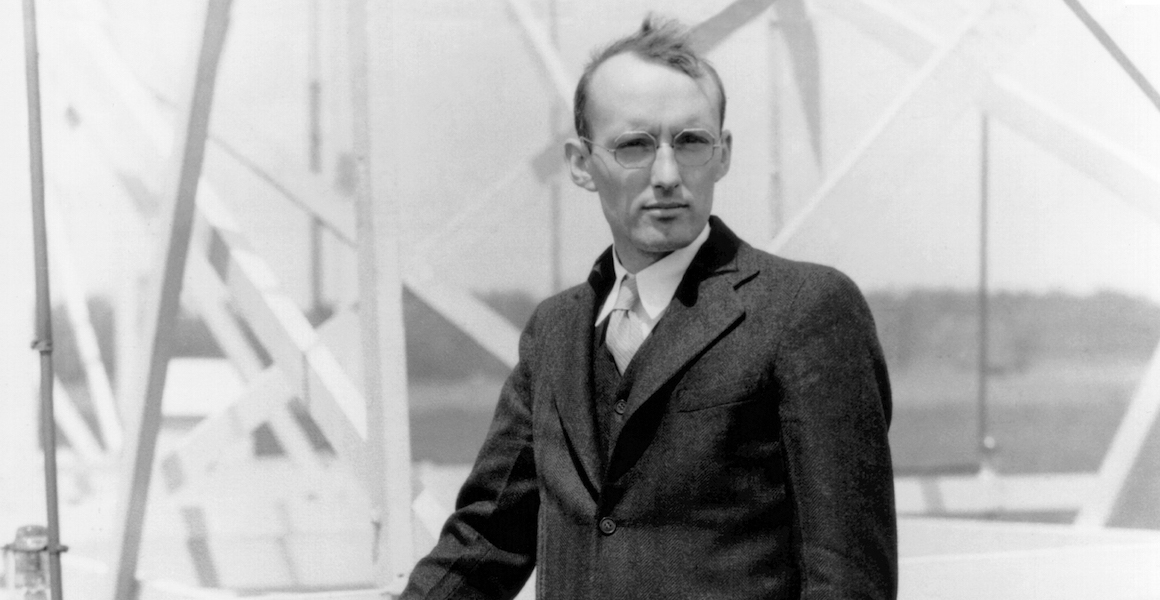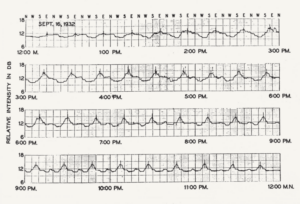A team of astronomers has made a surprising discovery using the U.S. National Science Foundation Green Bank Telescope (NSF GBT): eleven fast-moving clouds of cold, neutral hydrogen gas—akin to “ice cubes”—surviving deep inside the Fermi Bubbles.
Recent News
ALMA Reveals Stunning Details of Infant Galaxies in the Early Universe
The [CII] Resolved ISM in STar-forming galaxies with ALMA (CRISTAL survey) peered back to when the Universe was only about one billion years old – a mere toddler in cosmic terms. These observations are helping scientists understand how galaxies formed and evolved from primordial gas clouds into the organized structures we see today.
NSF NRAO Leads Critical Spectrum Studies to Safeguard Radio Astronomy
The U.S. National Science Foundation National Radio Astronomy Observatory (NSF NRAO) has received funding to expand its study of an invisible—and crucial—scientific and technological resource: the radio spectrum.
Jansky @90: The Origins of a New Window on the Universe

Photo Credit: NRAO/AUI/NSF
Note: This article is a collaborative work of Ken Kellermann, Ellen Bouton, Heather Cole, and Jeff Hellerman.
Before 1933, all we knew about the Universe came from observations made through the limited visual region of the electromagnetic spectrum. That all changed in large part thanks to Karl Jansky.
Jansky did not set out to develop a new field of astronomy. While working for AT&T Bell Laboratories, Jansky was assigned the task of understanding the source of interference to transatlantic telephone communications. Using a 21 MHz rotating array, over a period of three years, Jansky meticulously traced the origin of the noise to the center of the Milky Way.
Most of Karl Jansky’s records and notes at Bell Labs were either lost or destroyed. One of the few remaining records of his observations is this series of scans made on September 16, 1932, which he published in the Proceedings of the Institute of Radio Engineers, Vol. 21, 1387 (1933). The peaks in his recorder tracings show the increased noise when his antenna beam crossed the Milky Way three times an hour.

The graph of Jansky’s early observations. Credit: Karl Jansky
On 18 January 1932, Karl Jansky wrote:
“The peculiar thing about this static is that the direction from which it comes changes gradualy [sic] and what is most interesting always comes from a direction that is the same or very nearly the same as the direction the sun is from the antenna.”
But by March, Jansky became puzzled because, during January and February, the direction of his hiss noise had gradually shifted so that now it no longer coincided with the Sun.
Distracted by his other Laboratory responsibilities, nearly a year went by before Jansky was able to return to his “star noise.” On 15 February 1933, he wrote to his father…
“My records show that the hiss type static mentioned in my previous paper comes, not from the sun as I suggested in that paper, but from a direction fixed in space. The evidence I now have is very conclusive and, I think, very startling.”
On 27 April 1933, Jansky made a short 12-minute presentation at the meeting of the US National Committee for the International Union for Radio Science (URSI). Jansky’s Bell Labs boss, Harald Friis, pressured Jansky not to make an extraordinary claim, so the paper had the innocuous title, A Note on Hiss Type Atmospheric Noise, which he wrote to his father, “meant nothing to anybody.” The following week, the 5 May 1933 edition of The New York Times carried the headline, Radio Waves from the Centre of the Galaxy.
Outside of his work, Jansky was an enthusiastic athlete and excelled in many sports and pastimes. He starred at right-wing on the University of Wisconsin Badgers Ice Hockey team. He had the highest batting average as the catcher on the Bell Labs softball team and was the table tennis champion of New Jersey using a homemade racket. He enjoyed golf, tennis, bowling, sailing, and skiing, and he was a competitive bridge player and passionate birder.

Replica of the antenna used by Karl G. Jansky at Green Bank Observatory. Credit: NRAO/AUI/NSF
Following the publication of his discovery of cosmic radio emission, Jansky had only limited opportunity to continue this research, as his time was increasingly taken by other Bell Labs priorities. In 1949 Jansky was nominated for the Nobel Prize in Physics but this was before the significance of his work was widely appreciated. Nevertheless, his legacy has been recognized in many ways.
In 1973 IAU General Assembly resolved that the name ‘Jansky,’ abbreviated ‘Jy’ be adopted as the unit of flux density in radio astronomy and that this unit, equal to 10-26 Wm-2Hz-1, be incorporated into the international system of physical units. Although originally intended to define only the unit of radio flux density, the Jansky has become the de facto unit for measurements throughout the electromagnetic spectrum
The annual Karl Jansky Lectures were established by the trustees of AUI and NRAO to recognize outstanding contributions to the advancement of radio astronomy.
For more information about Karl Jansky and the history of radio astronomy, check out the NRAO/AUI Archives.
This news article was originally published on the NRAO website on April 27, 2023.
Recent News
Galactic Mystery: How “Ice Cubes” Survive in the Milky Way’s Blazing Bubbles
A team of astronomers has made a surprising discovery using the U.S. National Science Foundation Green Bank Telescope (NSF GBT): eleven fast-moving clouds of cold, neutral hydrogen gas—akin to “ice cubes”—surviving deep inside the Fermi Bubbles.
ALMA Reveals Stunning Details of Infant Galaxies in the Early Universe
The [CII] Resolved ISM in STar-forming galaxies with ALMA (CRISTAL survey) peered back to when the Universe was only about one billion years old – a mere toddler in cosmic terms. These observations are helping scientists understand how galaxies formed and evolved from primordial gas clouds into the organized structures we see today.
NSF NRAO Leads Critical Spectrum Studies to Safeguard Radio Astronomy
The U.S. National Science Foundation National Radio Astronomy Observatory (NSF NRAO) has received funding to expand its study of an invisible—and crucial—scientific and technological resource: the radio spectrum.
